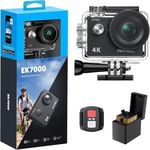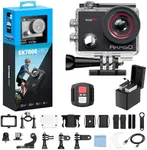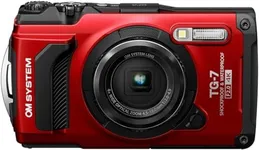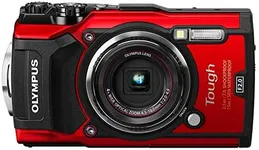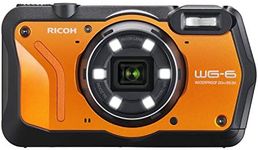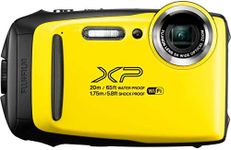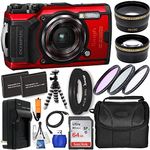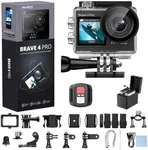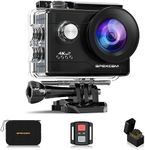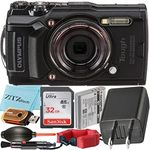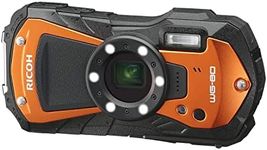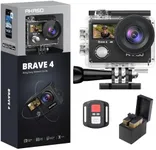Buying Guide for the Best Underwater Cameras
Choosing the right underwater camera is all about matching your needs with the camera’s features. Think about where and how you’ll use the camera—whether it’s for snorkeling, scuba diving, or just poolside fun. The right camera should be easy to handle underwater, durable enough to withstand pressure and water exposure, and able to capture clear, vibrant images in challenging lighting conditions. Understanding the key specifications will help you make a confident choice that fits your adventures.Waterproof Depth RatingThe waterproof depth rating tells you how deep you can take the camera underwater without damaging it. This is crucial because different activities require different levels of water resistance. Cameras with lower depth ratings (up to 10 meters) are suitable for swimming and snorkeling, while higher ratings (20 meters and above) are needed for scuba diving. To pick the right one, consider the deepest point you plan to reach and choose a camera with a rating that safely covers that depth.
Image Sensor Size and TypeThe image sensor is the part of the camera that captures light and turns it into a photo. Larger sensors generally produce better image quality, especially in low light, which is common underwater. Compact cameras often have smaller sensors, while more advanced models have larger ones. If you want high-quality photos or plan to shoot in deeper, darker waters, look for a camera with a bigger sensor. For casual use in bright, shallow water, a smaller sensor may be enough.
Lens ApertureThe lens aperture controls how much light enters the camera. A wider aperture (represented by a lower f-number, like f/2.0) lets in more light, which is helpful underwater where it’s often dim. Cameras with wider apertures can capture brighter, clearer images in low-light conditions. If you plan to dive or shoot in cloudy water, a camera with a wide aperture is a good choice. For sunny, shallow water, aperture is less critical.
Image StabilizationImage stabilization helps reduce blurriness caused by shaky hands or movement, which is common underwater. Some cameras have built-in stabilization to keep your photos and videos sharp. If you’re new to underwater photography or plan to shoot while swimming or moving, look for a camera with good stabilization. If you’re experienced and can hold the camera steady, this feature is less essential.
Video ResolutionVideo resolution determines how clear and detailed your underwater videos will be. Common options include Full HD (1080p) and 4K. Higher resolutions capture more detail, which is great for sharing or editing videos. If you want professional-looking footage or plan to view videos on large screens, choose a higher resolution. For simple memories or social media sharing, lower resolutions are usually sufficient.
Battery LifeBattery life tells you how long the camera can operate before needing a recharge. Underwater activities can drain batteries quickly, especially if you use the screen or shoot video. If you plan long dives or trips without easy access to charging, look for a camera with longer battery life or the option to swap batteries. For short sessions, battery life is less of a concern.
Controls and UsabilityUnderwater cameras should have buttons and menus that are easy to use with wet hands or gloves. Some cameras have larger buttons or touchscreens designed for underwater use. If you’ll be wearing gloves or diving in cold water, prioritize cameras with simple, accessible controls. For casual use in warm water, standard controls may be fine.
